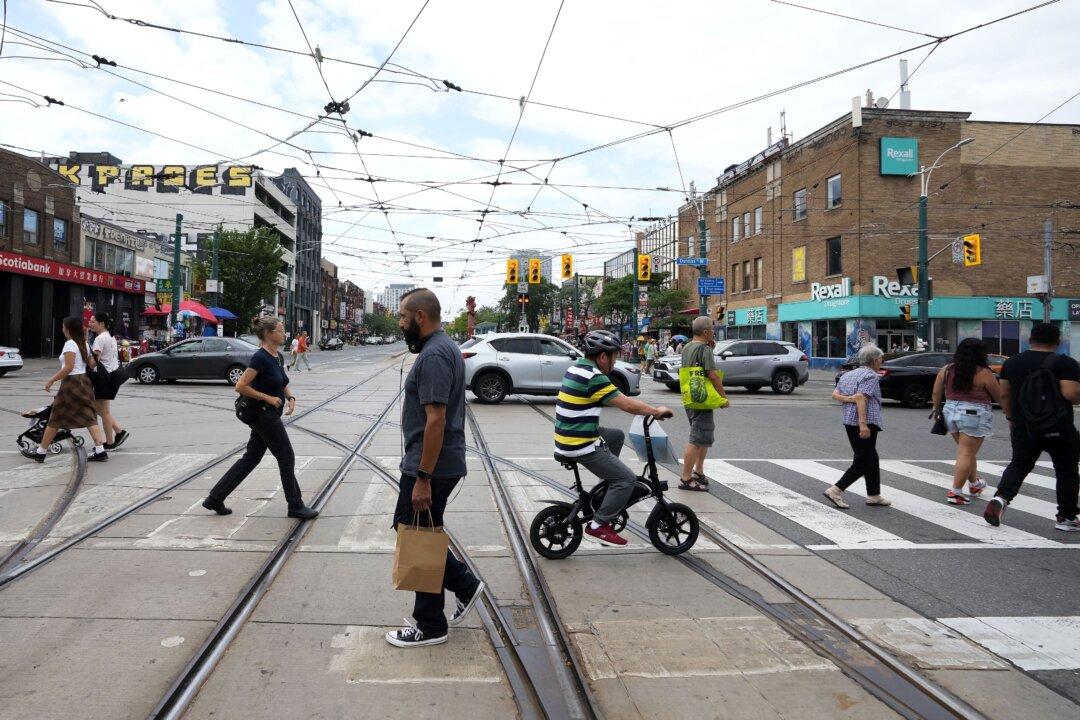As lockdowns and curfews ramp up across Canada, the retail sector’s struggles to adapt to the pandemic are playing a crucial role in determining what works and what doesn’t in commercial real estate.
Commercial real estate faces an assortment of challenges across the country, including high office vacancy rates in Calgary and demand for large industrial spaces for distribution centres in Vancouver, as reported by the regional managing directors of real estate services firm CBRE.
“Grocery-anchored retail with long-term leases and strong demographic continue to hold up well, while everything else is challenged,” said Jon Ramscar, CBRE Toronto managing director in his 2021 outlook.
The Canadian Federation of Independent Business said its data shows that over a third of Ontario businesses are reporting that they won’t survive the second lockdown.
Ontario’s Dec. 21 lockdown announcement “guarantees the demise of thousands upon thousands of Ontario’s small businesses,” said CFIB president Dan Kelly in a statement. Ontario went on to declare a state of emergency and issue a stay-at-home order on Jan. 12.
In addition to trying to stay afloat, retailers also face the challenge of changing their business strategy due to the pandemic. The ones succeeding are those that can “pivot in a really quick manner” to optimize and differentiate their business and to “satisfy the customer the way the customer wanted to be satisfied,” Farla Efros, president of HRC Retail Advisory, told BNN Bloomberg.
One strategy successful retailers are pulling off, instead of serving customers face to face, is having stores become mini distribution centres and relying on e-commerce, Efros said. Retailers overall have completely surpassed the growth of e-commerce that had been expected by 2030, she noted. Like Kelly, she also sees more bankruptcies in the sector, but also more mergers and acquisitions.
“The lockdowns we’ve seen over the past several weeks have created nothing short of economic carnage—lost jobs and businesses—without improving health outcomes,” said Retail Council of Canada president Diane Brisebois in a Dec. 21 statement. “It has been a mistake to close most retailers entirely since stores are low-risk environments with approximately 1 in every 400 COVID-19 cases resulting from a retail setting.”
Real estate investment trusts (REITs) in the retail sector have been hit harder than ones specializing in office buildings or warehouses mainly because rent collections from retail have been impacted.
Economic shutdowns acutely affect retail, and this in turn puts investors at risk of losing out on monthly income that has typically been highly reliable from REITs that invest in commercial real estate.
RioCan, one of Canada’s largest REITs and retail landlords, announced a 33 percent cut in monthly dividends—from 12 cents to 8 cents per unit—starting in January 2021, citing pandemic uncertainty.
In late November, CBRE reported that 94 percent of lenders planned to increase their lending in the commercial real estate market in 2021. Capital available for loans would remain abundant, but lenders are poised to be more cautious and targeted in the types of property they favour.
“Lenders are significantly more concerned about hotels, regional malls located in secondary markets, and entertainment and food services locations,” according to CBRE.
Core office buildings are suffering from the work-from-home trend and concern over this sector remains debatable, while “purpose-built rental apartments, industrial properties, and grocery-anchored retail are equally ranked as the property types in which lenders have nearly complete confidence,” CBRE said.





